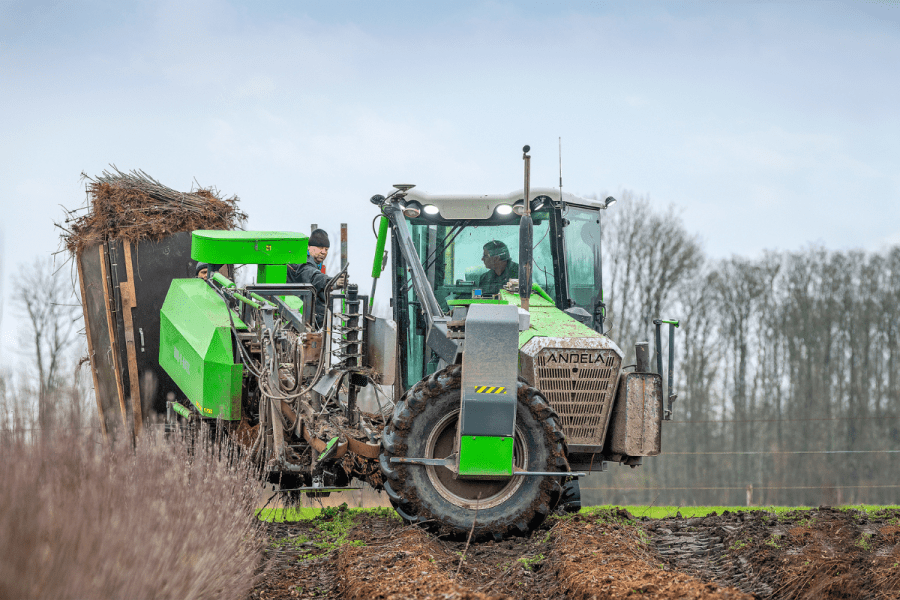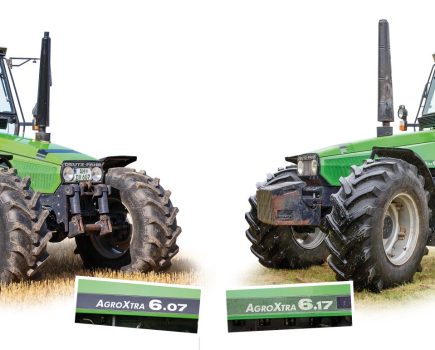REPORT: If you want to mechanically harvest tree saplings, then you are going to need to embrace technology. Mark Pasveer visits one such farm in the Netherlands.
Peter Hillebrand, from Zeevolde in the Netherlands, specializes in marketing rhizomes and fruit trees. Such a niche business requires equally specialist
equipment that is not in many dealer yards. So, an inventive spirit is required, and Peter Hillebrand isn’t short of that. When he took over the farm from his father, the business still involved a lot of manual labour to both plant, grow and harvest the saplings. Compared with arable crops, trees require a lot more manual intervention — cutting back the 70cm tall plants by hand, grafting, mechanical weeding and building fences to prevent hares and rabbits from nibbling the crop.
“Growing young plants is a daily challenge,” says Peter. “At times, we do the same type of work as tree growers.” The main tasks are clearly split between the two generations on the farm. Son Erwin is responsible for marketing the rhizomes while his father takes care of the cropping and the
machines.
Grafting
To illustrate the principle of rhizome growing, Peter shows us two examples: a small plant without branches, the so-called sapling; and a young plant with branches that is intended for fruit growers. The saplings or rhizomes grow from a mother plant which lies horizontally in the ground and looks like a long strand of interwoven tree roots. Peter takes these roots and digs them into a kind of ridge that looks similar to those used for potatoes. He also mixes peat and sawdust into this created ridge. The rootstocks that grow vertically from this plant are severed from the strand of interwoven roots in the winter.
For more up-to-date farming news click here and subscribe now to profi and save.






